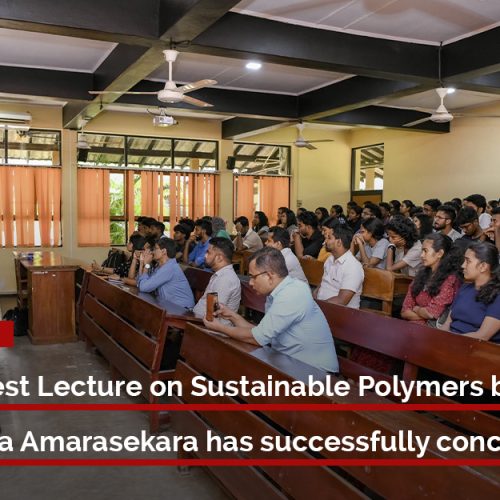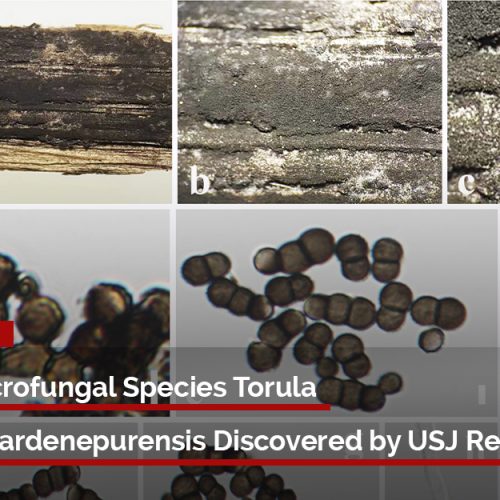Wallapatta (Gyrinops walla) has been one of the most sought after trees in recent past. With the sudden surge of the knowledge that wallapatta can produce agarwood, this valuable tree which is endemic to Sri Lanka gained popularity among masses. Dr Upul Subasinghe of Department of Forestry and Environmental Science, University of Sri Jayewardenepura conducts research to find out how to turn this natural resource economically advantageous.
What is agarwood?
Agarwood is the dark resinous heartwood that is formed in trees such as the Aquilaria and Wallapatta, which belong to the same family. Its significance lies in the distinctive fragrance it emanates. The use of agarwood has a long history as far back as 500 years ago. People in South Asia and the Middle East are known have used it constantly. Because of this characteristic fragrance it has become an important ingredient in the production of incense and perfumes.
Production of agarwood in Wallapatta
According to Dr Subasinghe’s research, the agarwood produced in wallaptta carries a similar type of chemical composition to that of agarwood extracted from Aquilaria, which is currently in market. However the natural creation of agarwood resin is rather a slow process. It does not occur in every wallapatta tree either and when it does occur, it may be a small quantity at a specific area of the tree alone. The process of producing agarwood is a sort of reaction by the tree to a fungus infection growing on a damage to the trunk.
Wallapatta as an economic resource
The research team at the university are focusing on developing the formation of agarwood in wallapatta. Their present concentration is on finding the most furtive area in the country to grow trees that produce the best quality resin. And while they search the location, there is also an aim to expedite the naturally slow formation process and to spread the formation in more parts of the tree . These research aims hope to bring about high quality agarwood in more quantities in faster production. Dr.Upul Subasinghe states that they hope to reach results in about another one and half years, and that with these results they can advise how to create a perfect agarwood supply for its growing market.
Wallapatta takes about 15 years to grow into its fullest and by that time it could reach to two and half feet in circumference and up to 12 meters in height. With the keen interest the market shows for agarwood, people have relentlessly begun to cut wallapatta in hope of selling them. However since every tree does not produce agarwood resin, most of the cut trees are wasted, as they do not possess any other significant value without this particular resin.
The research team is confident that they can provide an efficient method to develop this market with their findings. So they would like to urge the public to preserve wallapatta trees till they can come out with the artificial treatment to trees to form more agarwood. A well controlled, well developed growing of wallapatta can be a good eco friendly economic resource in future.
Research Paper: Agarwood-type Resin from Gyrinops walla Gaertn: A New Discovery (Journal of Tropical Forestry and Environment, Vol 2, No 2 (2012)
http://journals.sjp.ac.lk/index.php/JTFE/article/view/594









